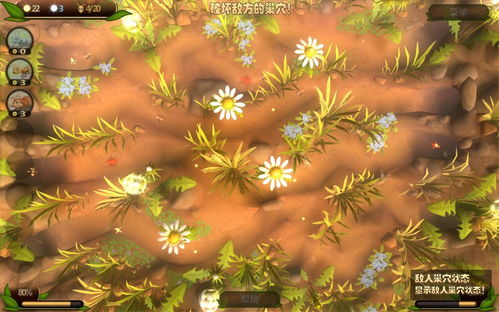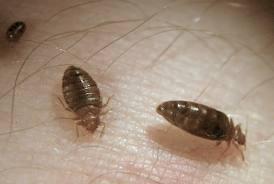
Understanding Bed Bug Bites: A Comprehensive Guide
Bed bug bites can be a source of discomfort and distress. If you’ve ever wondered what these bites look like, how they feel, and how to deal with them, you’ve come to the right place. This article delves into the details of bed bug bites, covering their appearance, symptoms, treatment, and prevention.
What Do Bed Bug Bites Look Like?

Bed bug bites are often mistaken for mosquito or flea bites. They are small, red, and can appear in clusters or lines. The bites are usually found on exposed skin, such as the arms, legs, neck, and face. In some cases, the bites may be itchy and inflamed.
| Feature | Description |
|---|---|
| Size | Small, red bumps or welts |
| Shape | Round or oval |
| Color | Red or pink |
| Location | Exposed skin, often in clusters or lines |
How Do Bed Bug Bites Feel?

Bed bug bites can cause a range of sensations, from mild itching to severe discomfort. Some people may not feel any pain or irritation at all, while others may experience a burning or stinging sensation immediately after being bitten. The itching usually starts a few hours after the bite and can last for several days.
Are Bed Bug Bites Contagious?

No, bed bug bites are not contagious. They are not caused by a virus or bacteria, but rather by the saliva of the bed bug. The bites are a result of the bed bug’s feeding behavior, not a disease transmission.
How to Treat Bed Bug Bites
Most bed bug bites will heal on their own without treatment. However, if you’re experiencing severe itching or discomfort, there are several ways to manage the symptoms:
-
Apply a hydrocortisone cream or calamine lotion to reduce itching and inflammation.
-
Take an antihistamine, such as diphenhydramine (Benadryl), to relieve itching.
-
Keep the affected area clean and dry to prevent infection.
-
Wear loose clothing to avoid irritating the bites.
When to Seek Medical Attention
While most bed bug bites are harmless, there are a few instances where you should seek medical attention:
-
If the bites become infected, characterized by redness, swelling, and pus.
-
If you have a severe allergic reaction to the bites, which can be life-threatening.
-
If you’re experiencing intense pain or discomfort that doesn’t improve with home remedies.
Preventing Bed Bug Bites
Preventing bed bug bites involves a combination of vigilance and proactive measures:
-
Inspect your home regularly for signs of bed bugs, such as small, dark fecal spots, shed skins, and live bed bugs.
-
Keep your bed linens clean and wash them in hot water and high heat.
-
Use a vacuum cleaner to remove bed bugs and their eggs from furniture, carpets, and crevices.
-
Consider using bed bug-proof mattress and box spring encasements.
-
When traveling, inspect your hotel room for signs of bed bugs before unpacking your belongings.
Understanding bed bug bites is the first step in dealing with them effectively. By knowing what to look for, how to treat them, and how to prevent them, you can minimize the impact of these pesky pests on your life.




